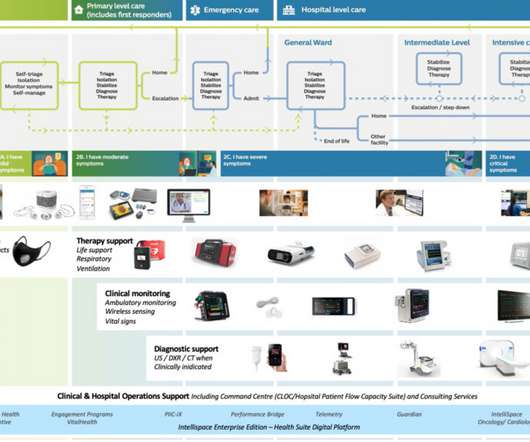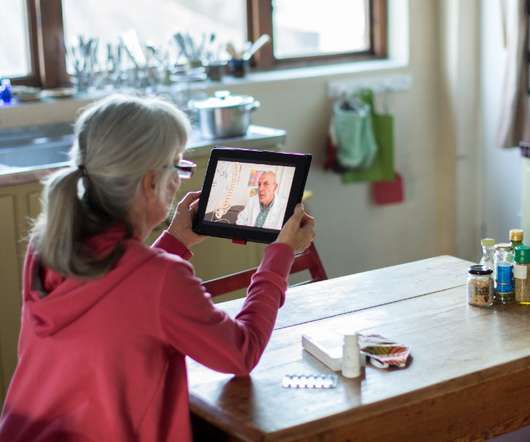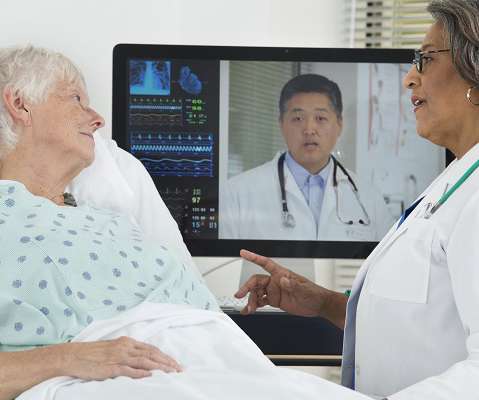How Philips Has Pivoted In the COVID-19 Pandemic: Connected Care From Hospital to Home
Health Populi
JUNE 10, 2020
I was scheduled to meet with Roy Jakobs, Chief Business Leader of Connected Care at Philips, at HIMSS in Orlando on 9th March 2020. Philips was involved early on in responding to health system demands in the ASEAN region, discussed here in Healthcare IT News. What a difference 90 days makes. equipment and hardware). “We













Let's personalize your content